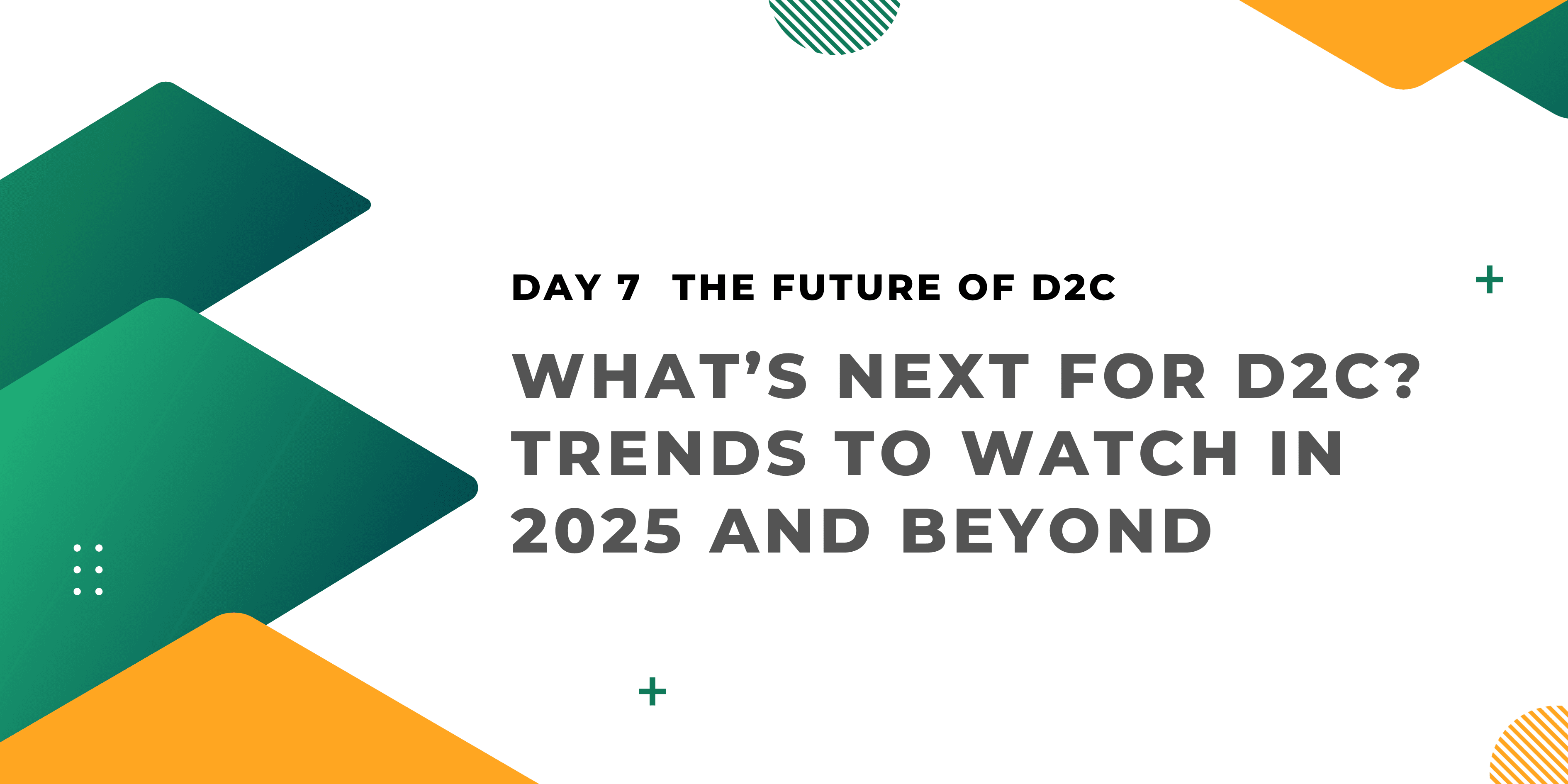What’s Next for D2C? Trends to Watch in 2025 and Beyond

The Future of D2C in 2025 and Beyond
The Direct-to-Consumer (D2C) model has evolved from being a disruptor to becoming a mainstream retail strategy. With the global D2C market projected to touch trillions in the coming years, the next phase of growth will be shaped by innovation, personalization, and technology.
Here are the top trends that will define the future of D2C in 2025 and beyond.
1. Premiumization in D2C
- Customers today are willing to pay more for quality, design, packaging, and brand story.
- Premium D2C brands are gaining traction in skincare, apparel, and electronics.
- Luxury D2C is also growing, with brands offering exclusivity and personalization directly to consumers.
- As spending power increases in markets like India, premium products will no longer be limited to luxury stores—they’ll come directly to your doorstep via D2C.
Example: Apple and Tesla lead the global premium D2C space, while Indian brands like Forest Essentials have successfully built luxury positioning online.
2. AR/VR Shopping Experiences
- Virtual experiences are becoming a critical differentiator for online shopping.
- AR (Augmented Reality) allows customers to “try on” cosmetics, apparel, or furniture virtually before buying.
- VR (Virtual Reality) can create immersive brand stores or events online, replicating the in-store experience.
- This reduces return rates while increasing buyer confidence.
Example: Lenskart uses AR-powered virtual try-ons to help customers choose eyewear without visiting stores.
3. AI-Driven Personalization
- Artificial Intelligence is making personalization more precise and scalable.
- Personalized product recommendations based on browsing and purchase history.
- Dynamic pricing and bundling for different customer segments.
- Predictive analytics to forecast demand and reduce inventory issues.
- Chatbots for real-time support and conversational commerce.
Example: Nykaa uses AI to recommend skincare and beauty products tailored to customer profiles, improving conversion rates.
4. Web3, NFTs & Blockchain-Based Loyalty
- Web3 technologies are bringing transparency and new forms of customer engagement.
- Blockchain ensures authenticity and traceability in products (especially luxury goods).
- NFTs (Non-Fungible Tokens) can be used as digital collectibles, limited-edition drops, or VIP passes for brand communities.
- Blockchain-based loyalty programs offer transparency, transferability, and real value for customers.
Example: Global brands like Adidas and Nike are experimenting with NFTs as part of community engagement and product launches.
5. Predictions for the Next 5 Years
- Hybrid models: D2C brands will blend online-first strategies with offline experience stores.
- Faster fulfillment: Same-day delivery will become a standard expectation in metros.
- Sustainability: Eco-friendly sourcing and packaging will be a must-have, not a nice-to-have.
- Community-first growth: WhatsApp, Discord, and private groups will replace generic marketing.
- AI-first brands: From design to customer service, AI will power almost every stage of the D2C journey.
Final Takeaway
The D2C revolution has only just begun. What started as a way for brands to bypass retailers is evolving into a customer-first ecosystem powered by tech, personalization, and community.
In the next five years, the brands that win will be those that:
- Embrace premium positioning where customers value quality.
- Use AR/VR to reduce uncertainty in online purchases.
- Leverage AI for personalization at scale.
- Adopt Web3 for transparency and loyalty innovation.
The future of D2C isn’t just about products—it’s about experiences, trust, and innovation.